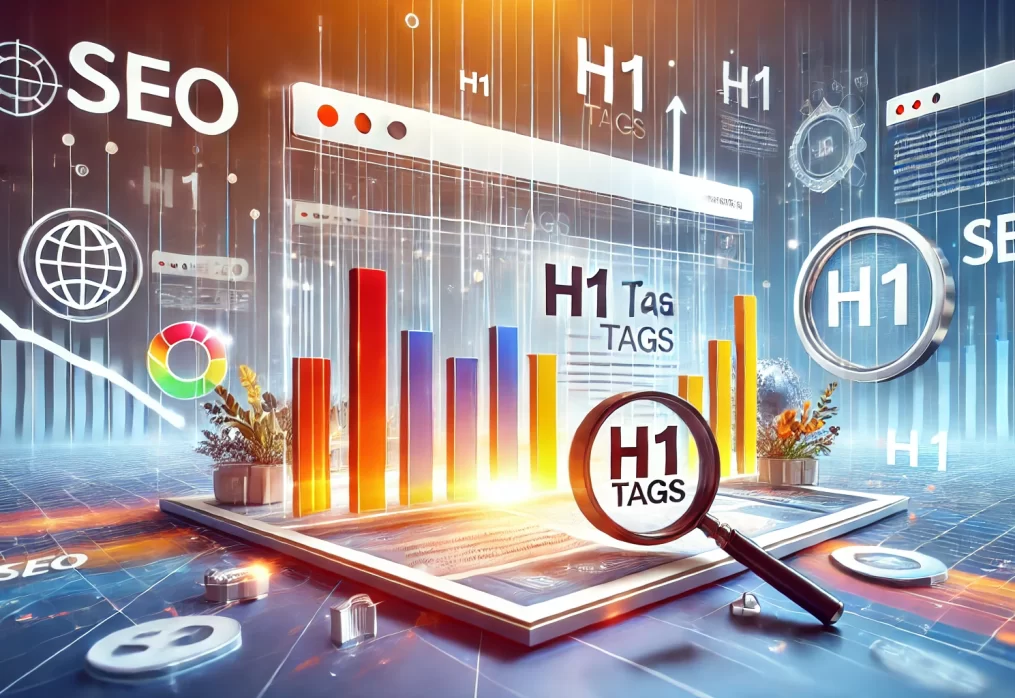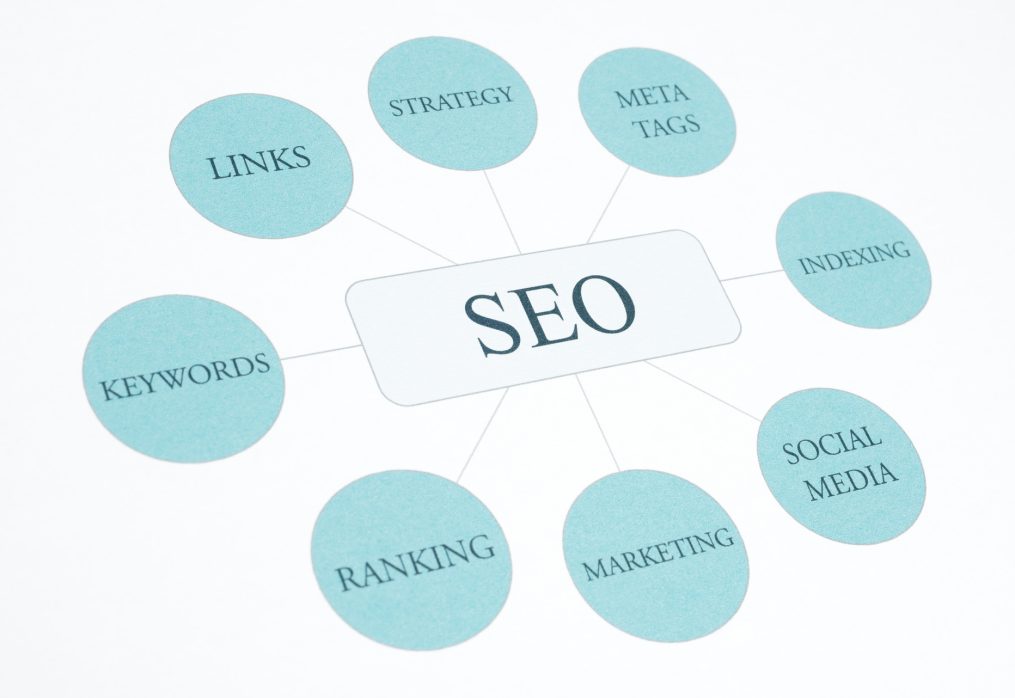How H1 Tags Influence Search Engine Rankings
In the world of Search Engine Optimization (SEO), many elements contribute to the overall performance of a website in search engine rankings. One of the most important factors often overlooked is the use of HTML header tags, particularly the H1 tag. For those looking to improve their website’s visibility in search engine results, understanding how H1 tags work, why they matter, and how to optimize them can significantly influence your SEO strategy.
In this article, we’ll take a closer look at how H1 tags impact search engine rankings, their role in on-page SEO, and best practices for using them effectively. Let’s dive into the importance of H1 tags and how to utilize them for better rankings.
What is an H1 Tag?
An H1 tag is an HTML element used to define the main heading of a web page. In a well-structured HTML document, the H1 tag typically indicates the primary topic or subject of that page. It is the most prominent and important heading tag, often displayed larger and bolder than other text on the page.
Think of the H1 tag as the title of a book chapter—it provides context for what the content on the page is about and helps both users and search engines understand the main focus of the page.
Why H1 Tags Matter for SEO
H1 tags play a vital role in on-page SEO. Search engines, like Google, use these tags to determine the relevance of a page’s content to a specific search query. The H1 tag helps search engines understand the structure and importance of the content, influencing the page’s ranking potential.
Here are a few reasons why H1 tags are crucial for SEO:
- Relevance: H1 tags provide clear signals to search engines about the topic of a page, improving its chances of ranking for related keywords.
- Keyword Optimization: Including the target keyword in your H1 tag helps search engines match your content with user queries, which can boost your rankings for that keyword.
- User Experience: A well-crafted H1 tag improves the readability and user experience of a page by giving visitors an idea of what they can expect from the content.
- Content Hierarchy: H1 tags contribute to the overall structure of the page, making it easier for search engines to crawl and index the content correctly.
Best Practices for Optimizing H1 Tags
Now that we understand the importance of H1 tags, let’s explore some best practices for optimizing them for better search engine rankings.
1. Use One H1 Tag Per Page
Each web page should have only one H1 tag to indicate the primary focus of the content. While HTML5 allows the use of multiple H1 tags, it’s generally considered best practice to stick with one, as this provides a clear signal to search engines about the main topic of the page.
2. Include Target Keywords
Your H1 tag should include the primary keyword or phrase that you want to rank for. However, avoid keyword stuffing—ensure that the keyword is used naturally and fits well within the context of the heading.
3. Keep It Clear and Concise
The H1 tag should clearly reflect the content of the page in a concise manner. Avoid making it overly long or complex. A good rule of thumb is to keep the H1 tag under 70 characters to ensure readability and SEO effectiveness.
4. Align the H1 with Page Content
The content on your page should align with the H1 tag. If your H1 tag suggests that the page is about a specific topic, make sure the body content delivers on that promise. This not only helps with SEO but also improves user experience and engagement.
5. Maintain a Logical Hierarchy of Headings
Use H1 as the main heading and then structure the rest of your content using H2, H3, and other heading tags to organize subtopics. This hierarchy makes your content easier to read and improves its structure, which search engines favor.
How Search Engines Interpret H1 Tags
Search engines like Google rely on H1 tags to understand the primary theme of a web page. When crawlers analyze a page, they look at the H1 tag to get an immediate sense of what the content is about. While H1 tags alone won’t determine your rankings, they contribute to the overall SEO strategy, especially when paired with other on-page elements such as meta titles, descriptions, and keywords.
The presence of a well-optimized H1 tag can signal relevance, which, combined with other ranking factors, improves your chances of showing up higher in search engine results pages (SERPs).
Common Mistakes to Avoid with H1 Tags
While optimizing H1 tags is relatively straightforward, there are a few common mistakes to avoid that could negatively impact your SEO efforts.
- Multiple H1 Tags: Using more than one H1 tag on a page can confuse search engines and dilute the focus of the content. Stick to one clear, primary H1 tag.
- Missing H1 Tag: Failing to include an H1 tag altogether can leave search engines guessing about the main topic of the page. Always ensure your page has a clear H1 tag.
- Irrelevant H1 Tag: Your H1 tag should match the content of the page. Using a misleading or irrelevant H1 tag can hurt both SEO and user experience.
- Overstuffing Keywords: Avoid stuffing too many keywords into your H1 tag. Keep it natural and relevant to avoid being penalized by search engines.
Conclusion
H1 tags may seem like a small element in the vast world of SEO, but their impact on search engine rankings and user experience is undeniable. A well-optimized H1 tag helps search engines understand the content of your page, aligns with user intent, and improves your chances of ranking higher in SERPs. By following best practices—such as using one clear H1 tag per page, including target keywords, and maintaining a logical content structure—you can make the most of this essential HTML tag in your SEO strategy.
As you optimize your website, don’t forget that H1 tags are just one piece of the puzzle. Combine them with other SEO techniques to build a comprehensive strategy that drives traffic, enhances visibility, and improves user engagement.


